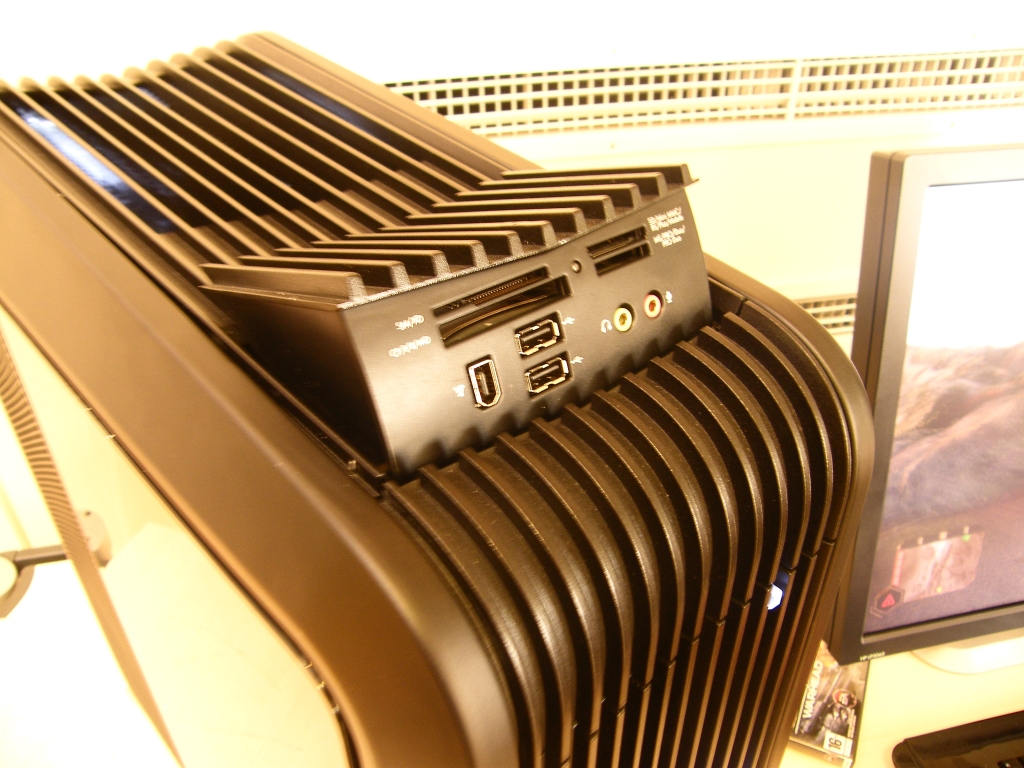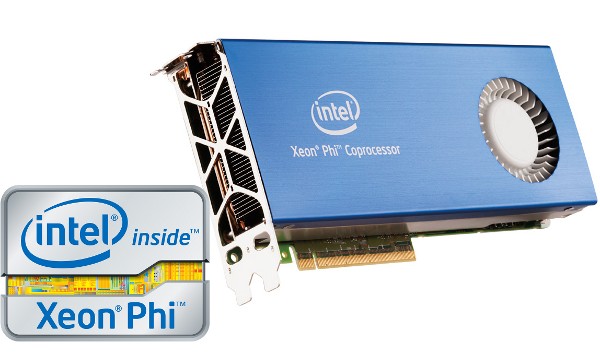Intel Corp is to work with HP to design and provide the US DOE's (Department of Energy's) NREL (National Renewable Energy Laboratory) with a supercomputing system that will drive research across a number of energy-related initiatives, including renewable energy and energy-efficient technologies. The new HPC (High Performance Computer) data center promises to become one of the world's most efficient installations. The system is scheduled to deliver full compute capacity in the summer of 2013 and will feature approximately 3,200 Intel Xeon processors including current-generation Intel Xeon processor E5-2670, future 22-nm Ivy-Bridge-based processors, and approximately 600 new Intel Xeon Phi co-processors. The total peak performance of the system is expected to exceed 1 Petaflop and it will be the largest supercomputer dedicated solely to renewable energy and energy-efficiency research. Leading energy-efficient capabilities of Intel Xeon processors and Intel Xeon Phi co-processors combined with the new HP warm-water cooling and innovative data-center design will result in this facility likely being the world's most efficient data center with a PUE (power-usage effectiveness) rating of 1.06 or better.

"The heart of NREL is based on a powerful combination of the Intel Xeon processor E5 product family, which leads the data-center industry in performance per watt, and Intel Xeon Phi co-processors which are setting new records for energy efficiency," said Raj Hazra, VP and GM of Intel Technical Computing Group. � Data Center nearly twice the efficiency of industry average The data-center industry uses the PUE rating as the standard measurement to measure the efficiency of any given site. The ideal PUE rating would be 1.0, and PUE of 2.0 means that for every watt of power used for IT equipment, an additional watt is used in overheads like cooling systems. According to the EPA's Energy Star Program, a typical PUE is 1.92. With a PUE rating for this system expected to be 1.06 or better, NREL's installation will be nearly twice efficient as average. "At NREL, we have taken a holistic approach to sustainable computing," said Steve Hammond, NREL Computational Science director. "This new system will allow NREL to increase our computational capabilities while being mindful of energy and water used. We will take advantage of both the bytes of information produced and the BTUs produced."

"The new HPC system will dramatically improve our modeling and simulations capabilities used to advance energy efficiency and renewable-energy technologies as well as energy-system integration. At the same time, NREL's partnership with Intel and HP will demonstrate best-in-class for energy-efficient computing and data-center design and will provide a laboratory for collaborative research to address future energy challenges in HPC systems and data centers." Intel and HP experts worked with data-center designers at NREL to leverage innovative warm water liquid cooling technology to maximize the reuse of heat. There will not be any traditional mechanical or compressor-based cooling systems; the "waste heat" from the computer system will be used as the primary heat source in the adjacent office and lab space. Excess heat can also be exported to other areas of the NREL campus. The data center design is compact, resulting in short runs for both electrical and plumbing components. �

Intel Xeon Phi: A key Ingredient One of the key ingredients in making this facility energy- and performance-efficient was the inclusion of the upcoming Intel Xeon Phi co-processors. Made using Intel's 22-nm 3-D tri-gate transistor technology, the co-processors based on Intel MIC (many integrated core) architecture offers leading performance efficiency and a friendly programming model, allowing developers to achieve great performance at low energy and time costs associated with optimizing applications to take full advantage of new technology. NREL was participating in the software development for Intel MIC architecture, and spent only a few days to port a half-million lines of code of the WRF (Weather Research and Forecasting) application to prepare to take full advantage of the energy efficiency and performance of Intel Xeon Phi cores. WRF is one of several atmospheric modeling tools NREL is deploying in wind energy research. � "The idea is to make wind power compelling from a cost-of-energy standpoint," said John Michalakes, NREL HPC scientist. "Modeling the wind-energy system from meteorological to turbine scales means squeezing every last ounce of performance from our simulations, and the ability to develop and optimize using the same software ecosystem as the host Intel Xeon processor is a tremendous boost for application performance, scaling, and programmer productivity." � Intel is committed to driving energy efficiency in its products and manufacturing operations. Intel's IT organization continues to improve the energy efficiency of the company's data centers and completed projects that saved nearly 120 GWh of energy over the past 2 years. Additionally, Intel has invested more than $58 million in resource conservation and efficiency projects to reduce energy use in operations, saving more than 825 GWh of energy since 2001. Hewlett Packard Intel NREL